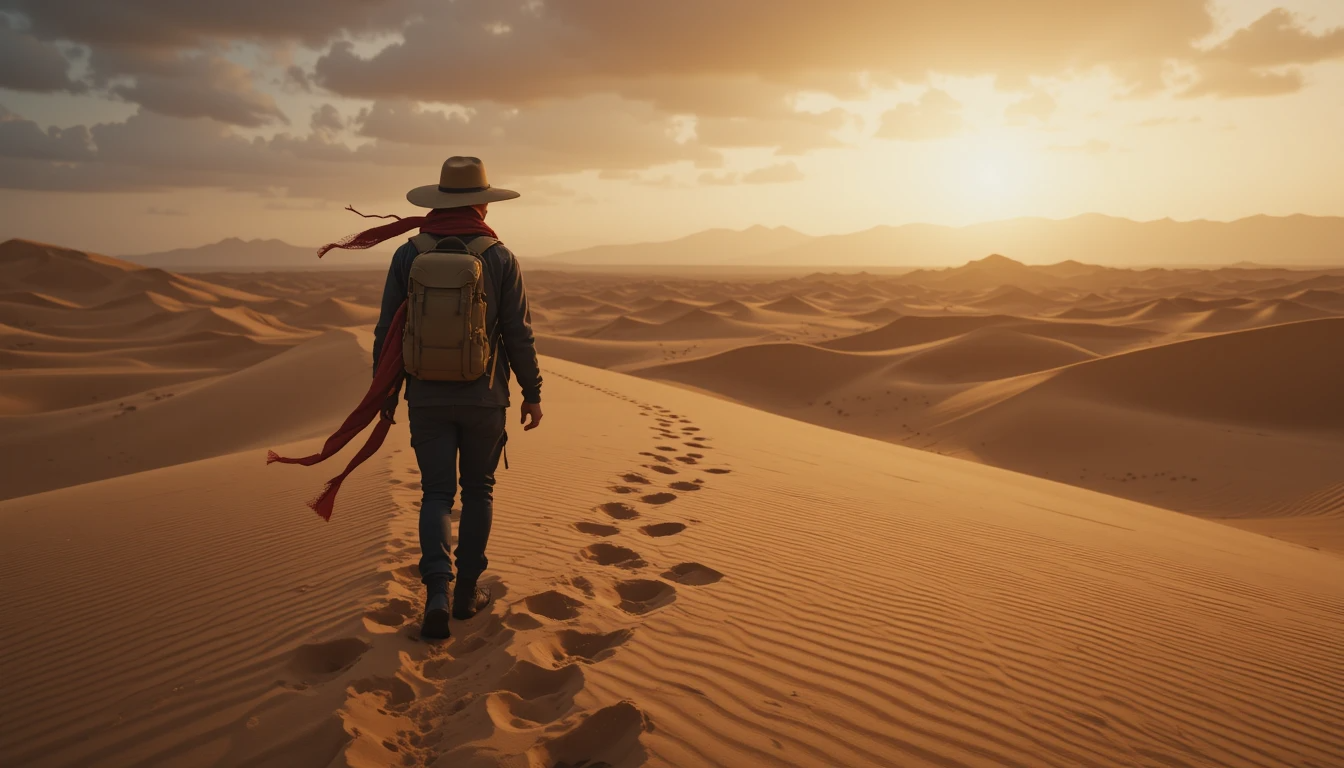10 Desert Travelling Tips: Expert Guide
Top 10 Desert Travelling Tips are essential for anyone venturing into arid landscapes. From hydration tactics to sun protection, these practical tips can make or break your journey.
Traveling to the desert isn’t like a regular trip—it demands planning, foresight, and survival know-how. Whether you’re visiting the Sahara, Mojave, or Atacama, these top 10 tips will help you explore smartly and stay safe under extreme conditions.
Why Desert Travelling Requires Special Preparation
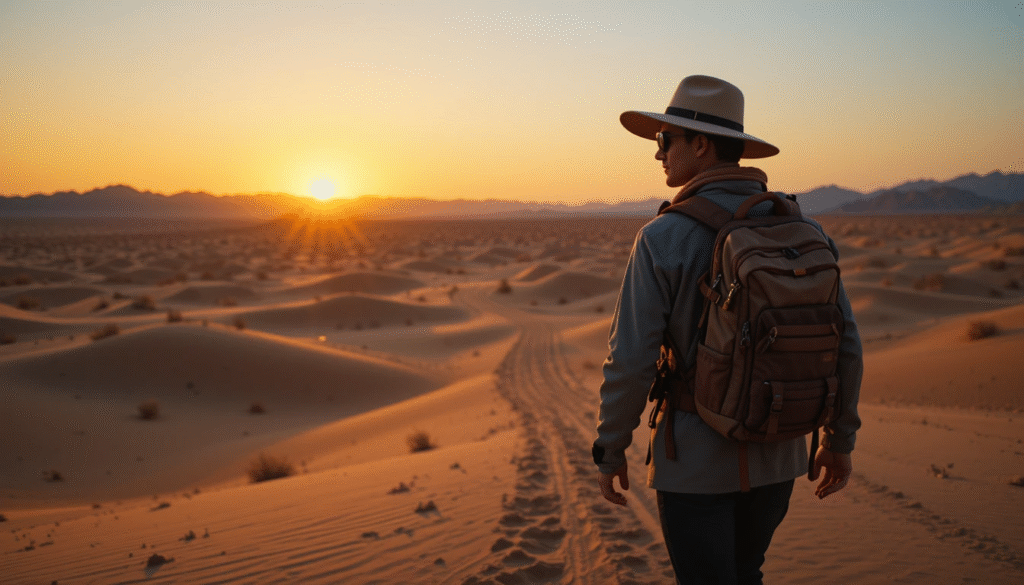
Deserts are stunning but hostile. With soaring temperatures during the day and freezing nights, the conditions are unpredictable. Add to that scarce water sources and vast barren areas—you’re in for a unique challenge.
To handle this environment, it’s crucial to understand basic desert survival strategies, including managing body temperature, conserving water, and navigating without standard signals.
Top 10 Desert Travelling Tips
1. Hydrate Smartly, Not Excessively

It’s not just about drinking a lot of water—drink consistently throughout the day. Store water in insulated containers to keep it cool. Electrolyte tablets are a must to replenish lost salts.
LSI Keywords: dehydration in deserts, water storage, drink water safely.
2. Choose the Right Time to Travel
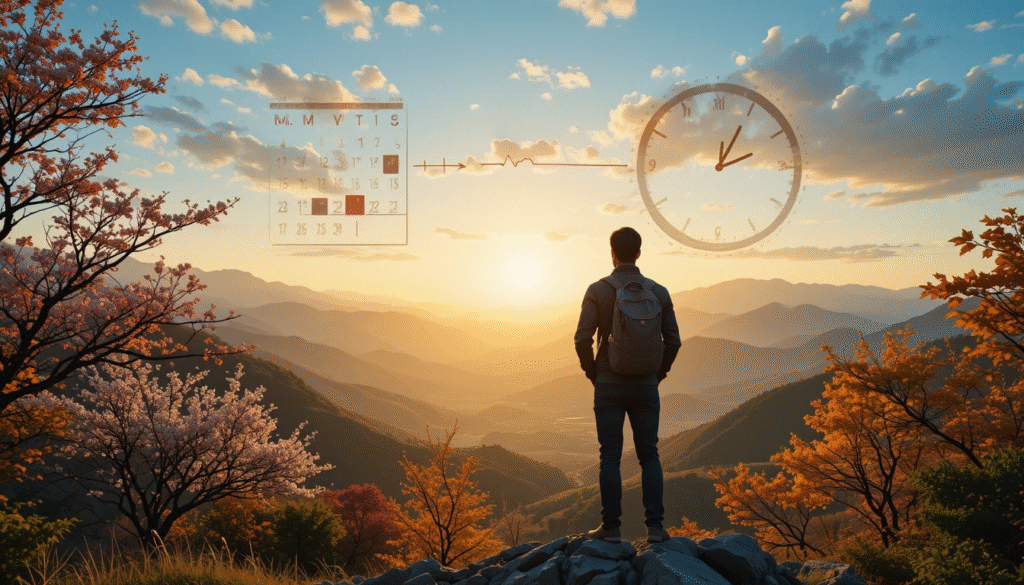
Travel early in the morning or late in the afternoon to avoid the peak heat (11 AM to 4 PM). Avoid strenuous activity during midday. Plan your route accordingly.
NLP Keyword: best time for desert trekking.
3. Dress Appropriately

Loose, light-colored, breathable clothing keeps you cool and protects your skin from sunburn. A wide-brimmed hat and UV sunglasses are essential for sun safety.
LSI Keywords: desert outfit, UV protection gear, clothing for hot weather.
4. Use High SPF Sunscreen

Apply SPF 50+ sunscreen and reapply every 2 hours. Lips and ears are often forgotten—use a lip balm with SPF. The desert sun reflects off sand, intensifying UV exposure.
5. Learn Basic Navigation Skills
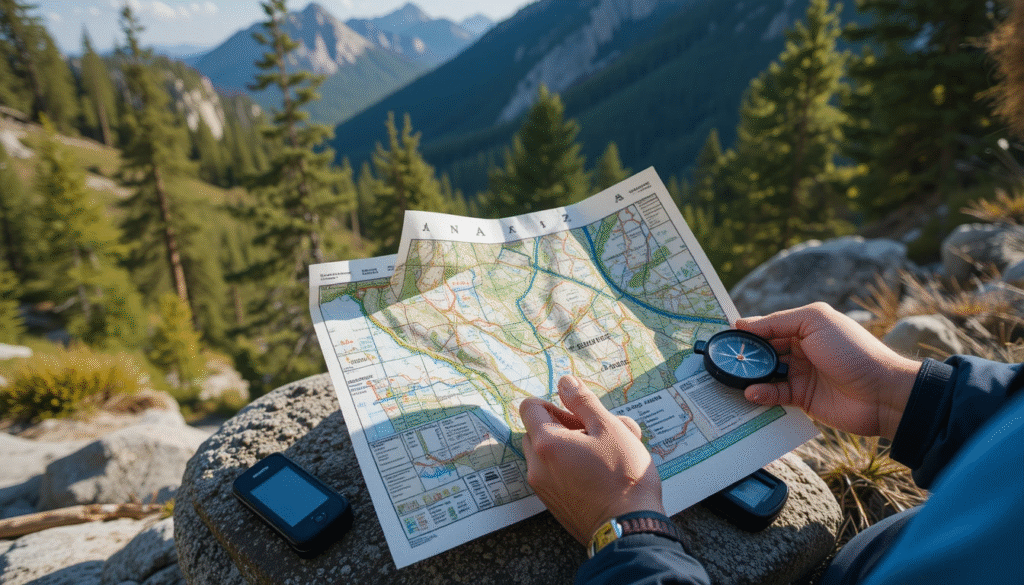
Don’t rely solely on GPS; deserts can have signal issues. Bring a compass and a detailed map. Learn how to use the stars or sun position for direction.
LSI Keywords: map reading in desert, offline navigation.
6. Carry a Survival Kit

Pack essentials: knife, firestarter, mirror (for signaling), flashlight, whistle, extra batteries, and multi-tool. This can save your life in emergencies.
7. Be Aware of Wildlife
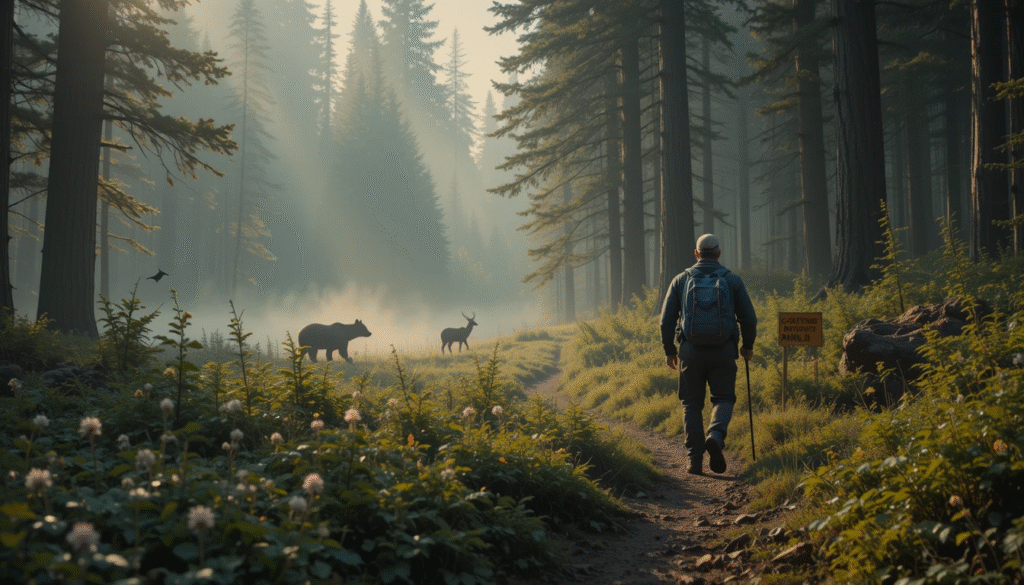
Snakes, scorpions, and spiders may be present. Don’t stick hands into holes or lift rocks without checking. Shake out shoes and sleeping bags before use.
NLP Keyword: desert wildlife precautions.
8. Monitor Weather Conditions
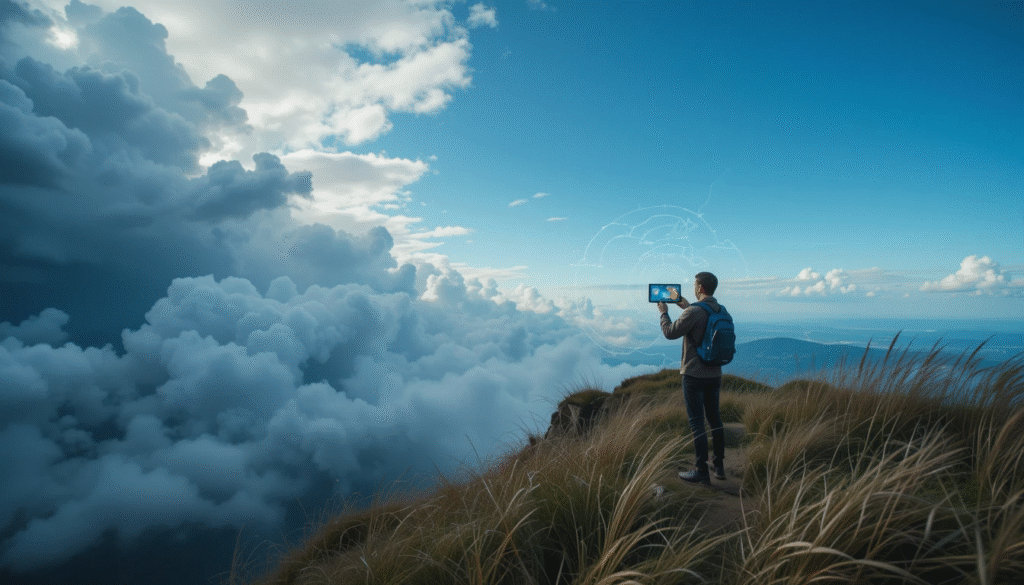
Flash floods and sandstorms can occur. Use weather apps that work offline or offer early alerts. Learn to identify signs of a storm forming.
9. Plan Rest Stops and Shade
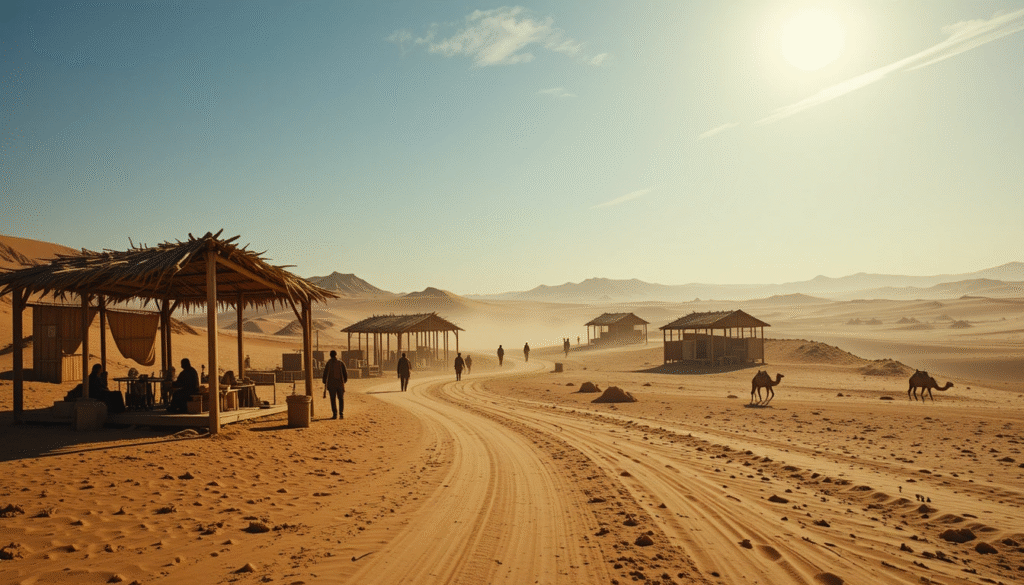
Avoid heatstroke by resting in shaded areas. Carry a lightweight tarp or emergency reflective blanket to create shade when necessary.
10. Let Someone Know Your Itinerary
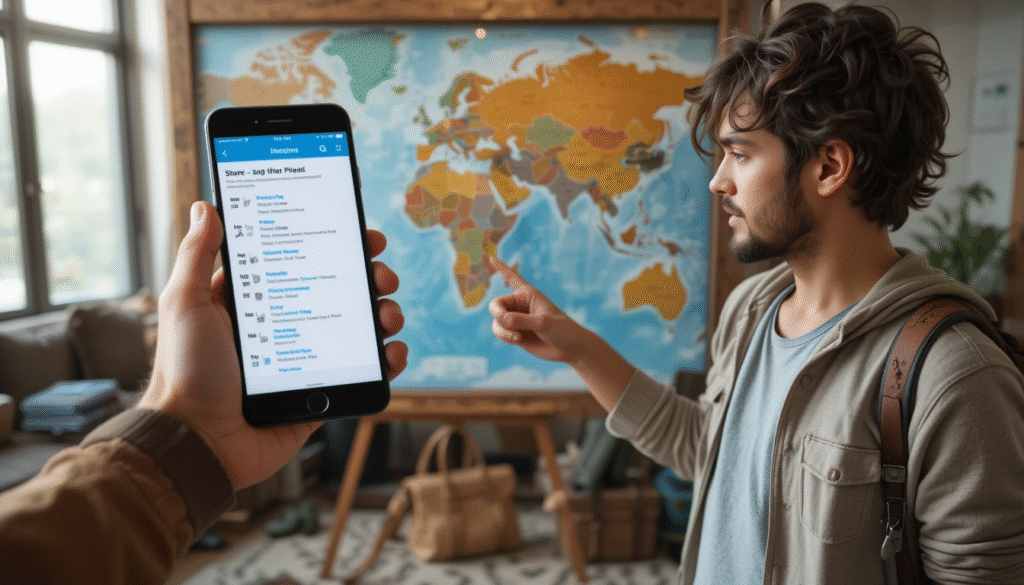
Always inform a friend or local authority of your exact route and expected return time. This single step can make all the difference in emergencies.
LSI Keywords: travel safety, emergency contact protocol.
Essential Packing Checklist for Desert Travel
- Hydration system (water bottles, hydration packs, electrolytes)
- Protective clothing (hat, sunglasses, UV gear)
- Navigation tools (map, compass, GPS)
- First-aid kit
- Food & energy snacks
- Power bank & flashlight
- Emergency signaling tools
Health & Safety Tips
- Drink before you’re thirsty.
- Rest when you feel hot or fatigued.
- Monitor urine color to check hydration.
- Stay calm if you get lost—don’t wander aimlessly.
Environmental Etiquette in Deserts
- Leave no trace—pack out all trash.
- Don’t disturb plants or animals.
- Stick to marked trails where possible.
- Avoid making fires unless absolutely necessary.
Conclusion
Desert travel can be exhilarating, but it’s not without risks. By following these Top 10 Desert Travelling Tips, you can transform a potentially dangerous experience into an unforgettable adventure. With the right preparation, knowledge, and gear, you’ll be ready to face the desert’s beauty and harshness with confidence.
FAQs
1. How do people travel through the desert?
People travel through the desert using off-road vehicles, camels, or on foot with proper gear. Navigation tools like GPS or a compass are essential for safe travel.
2. What precautions will you take while in the desert?
Stay hydrated, wear sun protection, and travel during cooler hours. Always inform someone of your route and carry emergency supplies.
3. What to bring if you go to the desert?
Pack plenty of water, high-energy food, a wide-brim hat, sunscreen, and sunglasses. A first-aid kit and navigation tools are also crucial.
4. What type of preparation is required for travel in the desert?
Research the region, weather, and survival techniques beforehand. Physically train for endurance and ensure your vehicle or gear is desert-ready.
5. How to walk long distances in the desert?
Walk early in the morning or late evening to avoid extreme heat. Use a steady pace, rest often in shade, and drink water regularly.
6. What is the most important thing to have in a desert?
Water is the most critical resource in the desert. It ensures survival and helps regulate body temperature.
